Glass and plastic are the two most common materials used to make touchscreens. Whether you're buying a tablet, smartphone or any other touchscreen device, it's likely to be made from one of these materials. More specifically, the top layer (called the overlay) may be made of glass or plastic. While these materials may look the same, there are subtle differences between them. So, should you choose a touchscreen with a glass or plastic overlay?
TOUCHTHINK, a manufacturer of Android all-in-one computers, explains the differences and options.
Touchscreens with glass overlays typically provide sharper images than those with plastic overlays. This is because glass is almost completely transparent. All touchscreens have a display device that sits underneath the overlay. With a glass overlay, the image produced by the display device will look sharper due to the transparent nature of the glass.
You may notice that the image also looks brighter when projected through the glass overlay. Glass overlays allow about 90% of the light to pass through them. Why is this important? Well, touch screens need backlighting. The backlight is part of the display device. It is responsible for producing the light that illuminates the display. Using a glass overlay will produce a brighter overlay than a plastic overlay.
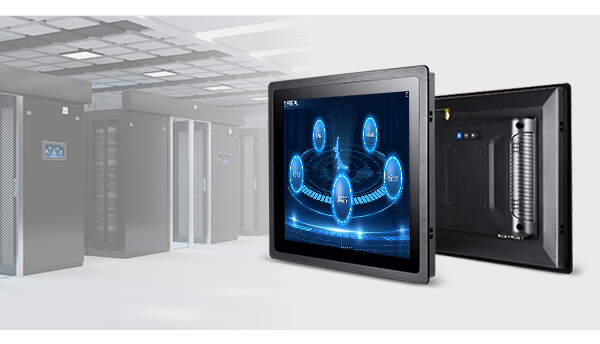
There are still reasons to choose a touchscreen with a plastic overlay. Plastic overlays are more resistant to scratches than glass overlays. They are not necessarily scratch resistant. All types of overlays produce scratches, including overlays made of plastic. That said, scratches are not common in plastic overlays. Plastic overlays are more durable and scratch resistant than glass overlays.
Plastic overlays can be used for resistive touchscreens. You can find resistive touchscreens with plastic overlays as well as resistive touchscreens with glass overlays. Capacitive touchscreens, on the other hand, are usually limited to glass overlays. If you want to buy a capacitive resistive touch screen, you can choose a plastic overlay. Conversely, for capacitive touchscreens, you must choose a glass overlay.
You can't go wrong with either glass or plastic touchscreens. Both materials are used to build touchscreen overlays. A glass overlay will only produce a clearer, brighter image. In contrast, plastic overlays provide a higher level of scratch protection and can be used for resistive touchscreens.
TOUCHTHINK is a professional industrial computer manufacturer, and we customize the features and form factor you need. Whether it's computer size, touch screen options, or interface applications, TOUCHTHINK can customize it for you, so please don't hesitate to contact us as soon as possible to get the tablet PC you want.
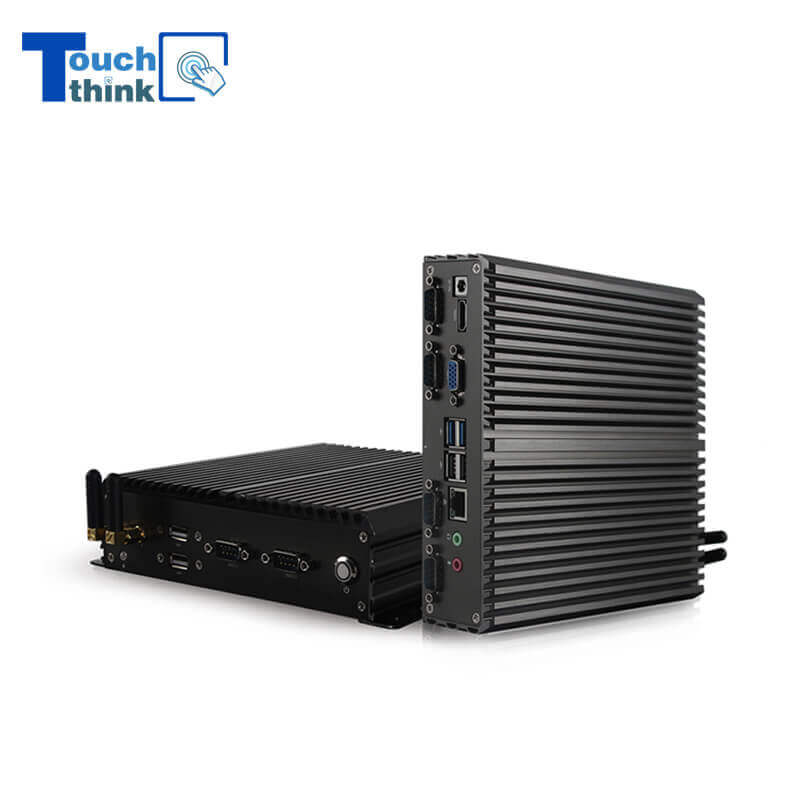
Industrial Mini PC Fanless i3 i5 i7 Industrial Box PC VIEW MORE
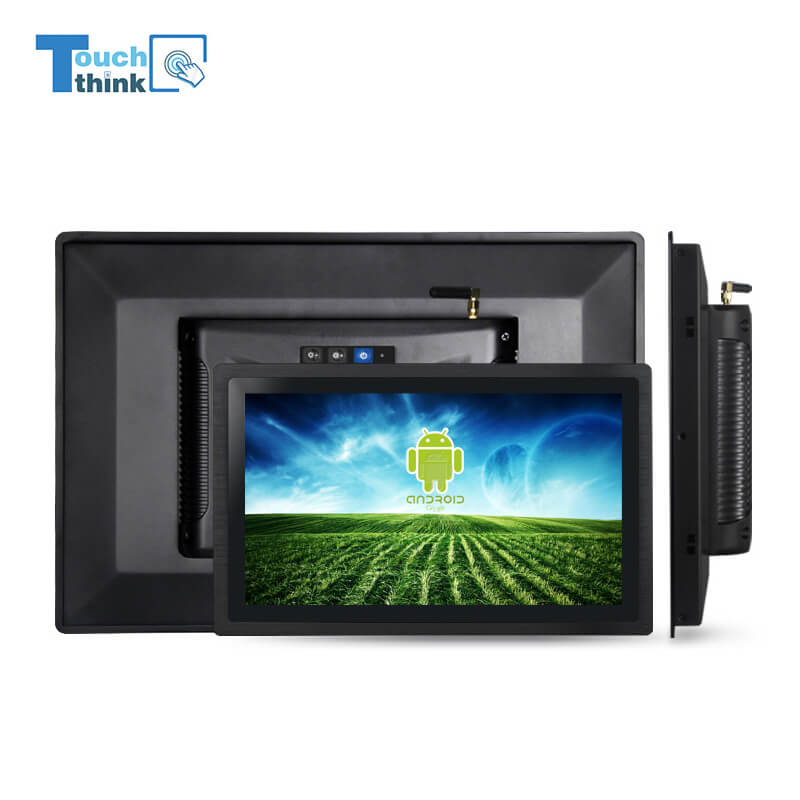
Android 13.0 Industrial Panel PC 21.5 Inch with 4G LTE WiFi Octa-Core For Meeting Room Smart Education VIEW MORE
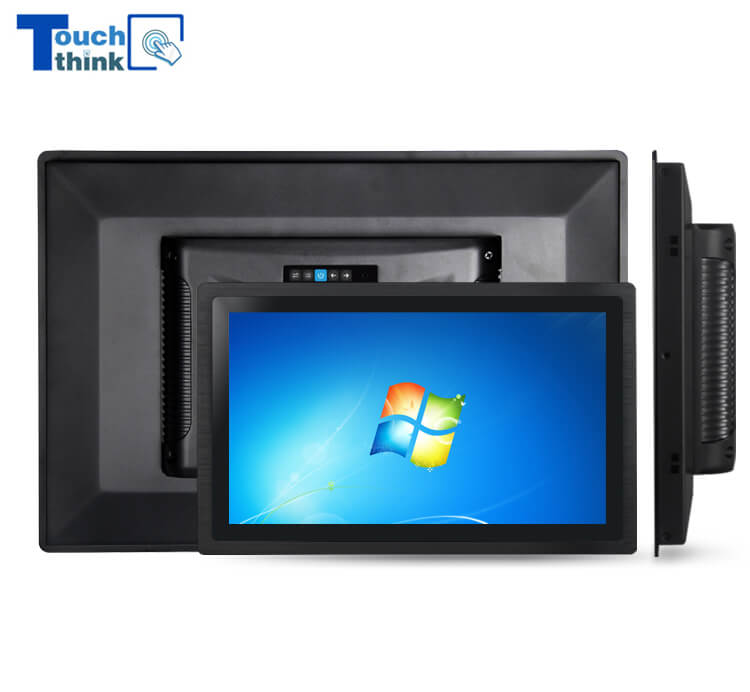
Sunlight Readable Industrial Monitor with Optional Display Size 10.1 inch VIEW MORE
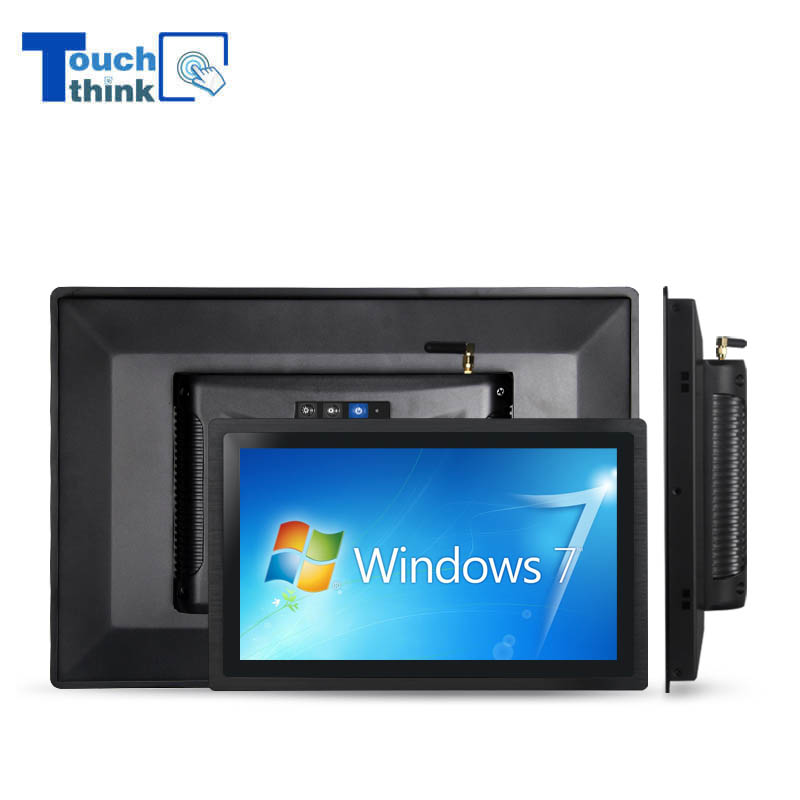
11.6 inch Windows Industrial All in One Panel PC With Touch Screen VIEW MORE
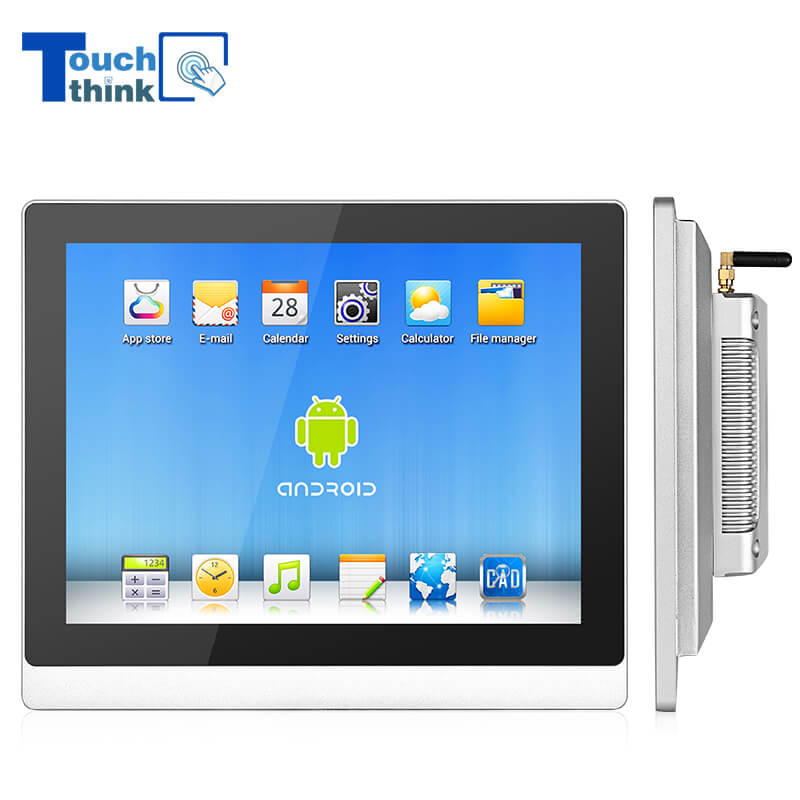
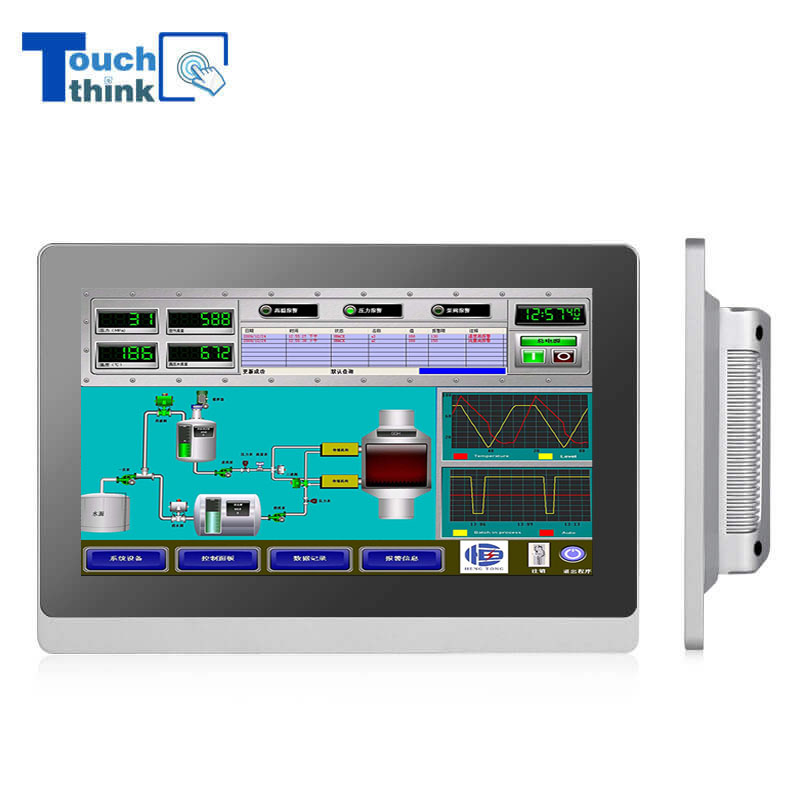
True Flat Capacitive Touch Screen Industrial LCD Monitor IP65 21.5 inch VIEW MORE
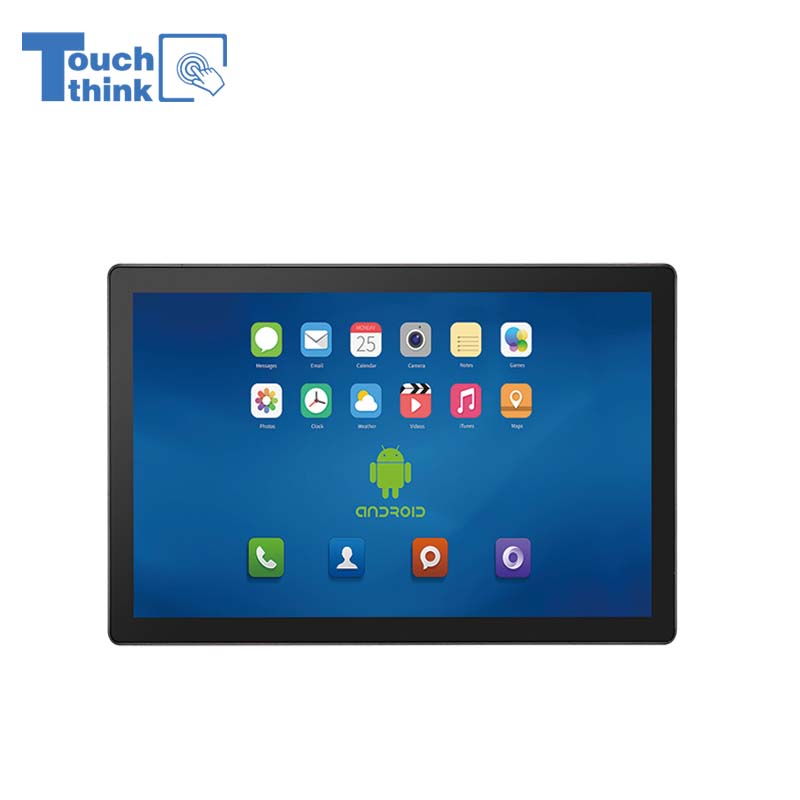
All Weather Android Tablet PC for Public Service Terminals 15.6" VIEW MORE
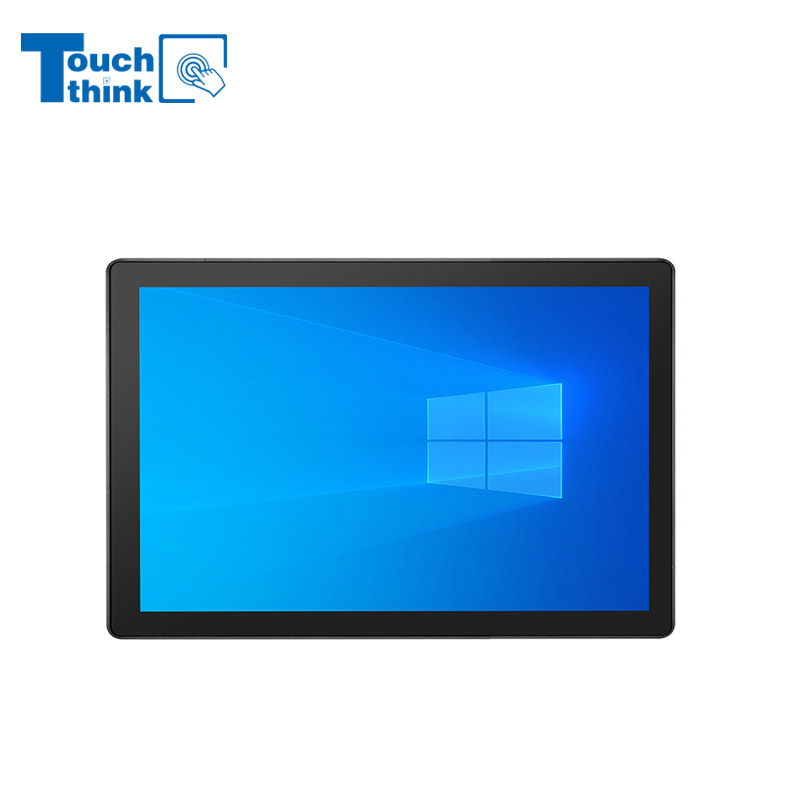
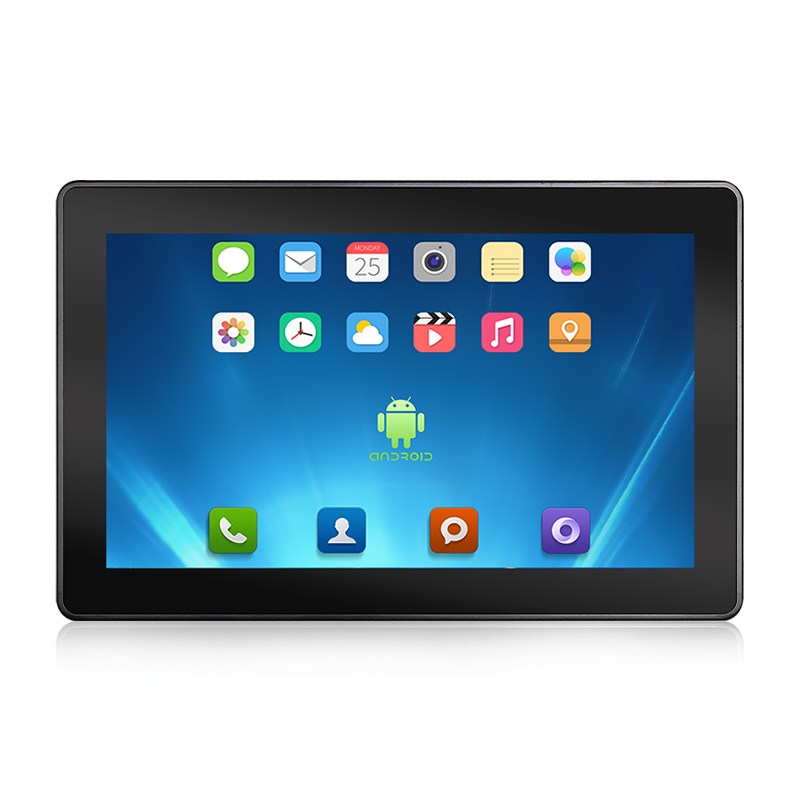
Industrial Android Tablet PC PoE Dual LAN Ethernet Android 12.0 / 7.1 / 9.0 / 10.0 VIEW MORE
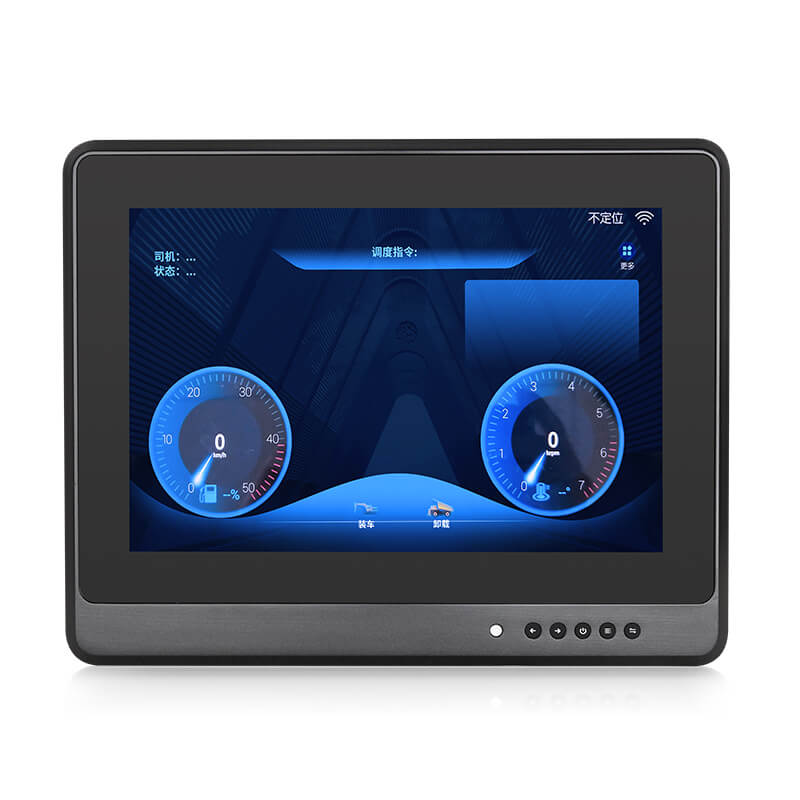
10.1" Vehicle Mount LCD Monitors Vehicle Touch Displays Car Crane Monitor VIEW MORE
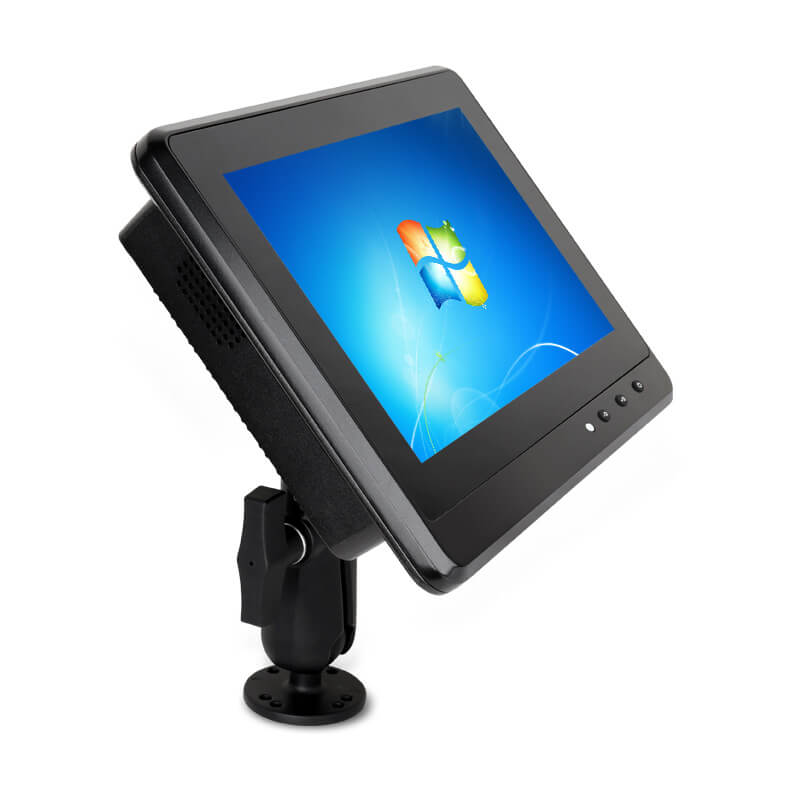
Transportation Panel PC Windows Vehicle Mounted Touch Computers VIEW MORE
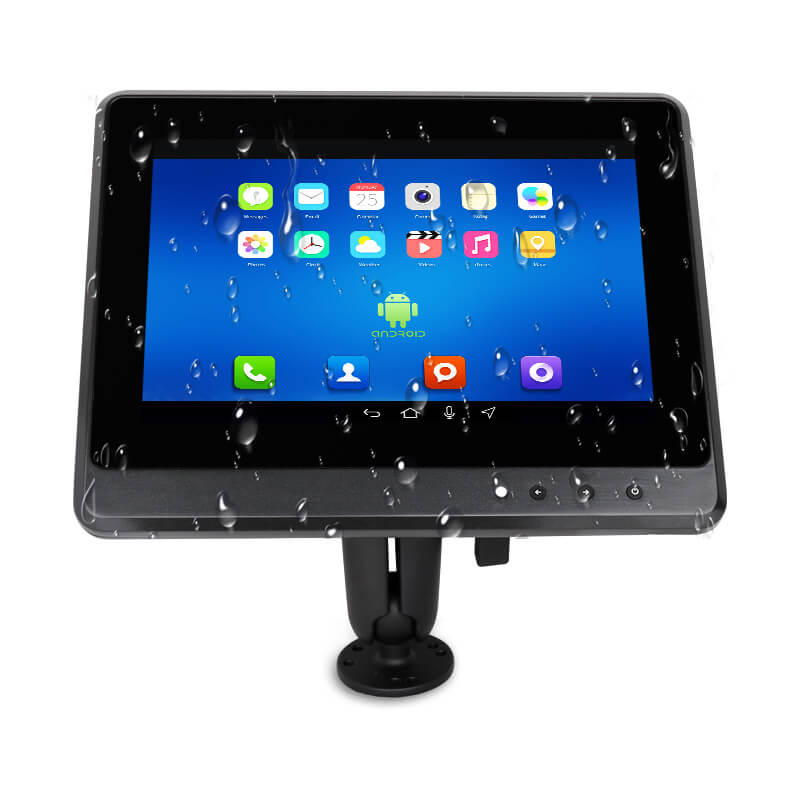
Android In-Vehicle Industrial Panel PC Vehicle AGV Computer VIEW MORE
Skype: live:touchtec
Copyright © Shenzhen Touch Think Intelligence Co.,Ltd. All Rights Reserved Update cookies preferences